Expert Machine Alignment, Maintenance & Calibration
We recommend a baseline reading of machine tool alignment for ALL service work, plus regular checks and adjustment as part of any ongoing preventive maintenance program. Recalibration, including a review of machine alignment, is also critical following any machine relocation or repair.
The Importance of Machine Alignment Services
The value of this small investment in the life of your machine cannot be overstated. Machine tools lacking proper alignment and pitch error compensation are not fully productive. Over time, these errors become magnified in faulty machine operation and substandard parts. Who can afford that? We can help you minimize and/or eliminate these costly errors.
Investing in Precision Laser Alignment
To that end, our investment in this technology is significant, as we realize that measuring, restoring, and maintaining alignment for our customers’ machines cannot be compromised. The best metrology tools and the highest levels of training are required for work this important. Our critical “tools of the trade” include:
- Hamar L-743 ULTRA-PRECISION TRIPLE SCAN™ Laser
- Renishaw XL-80 Laser Interferometer
- Renishaw QC20-W Ballbar System
Machine Tool Alignment: Setting Things Straight with Peiffer Machine
Put our team’s expertise and precision alignment tools to work for you. We offer the following services and equipment for your alignment needs:
- Laser Compensation
- Laser Alignment
- Ball Bar Analysis
- Machine Leveling
- Machine Calibration
- Machine Inspection
- Baseline Analysis and Reporting
- Digital Readouts (data and graphs)
- Troubleshooting Problem Areas




